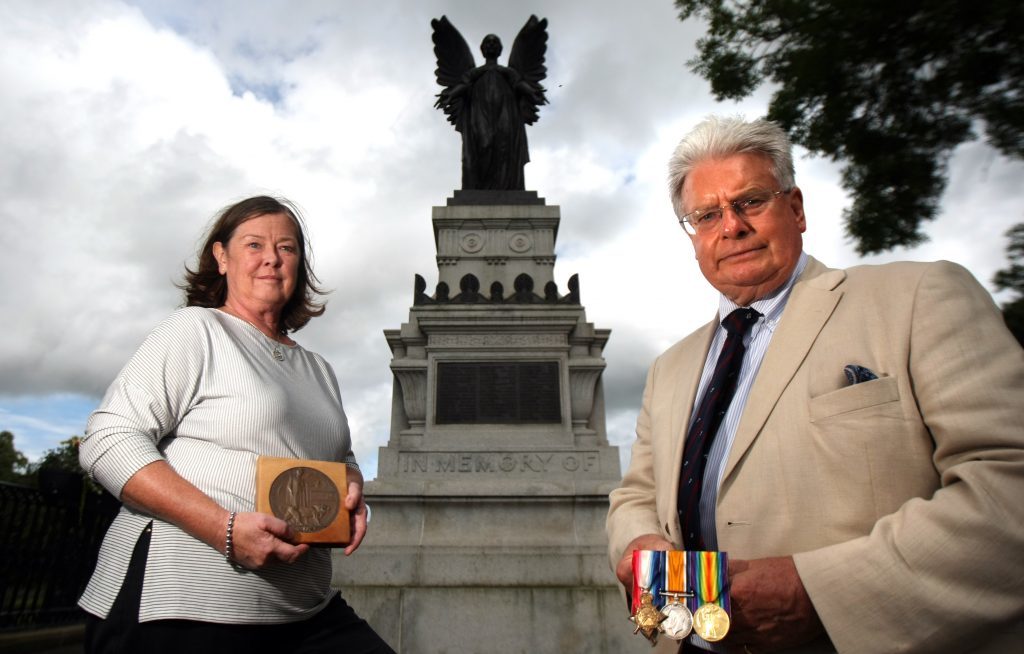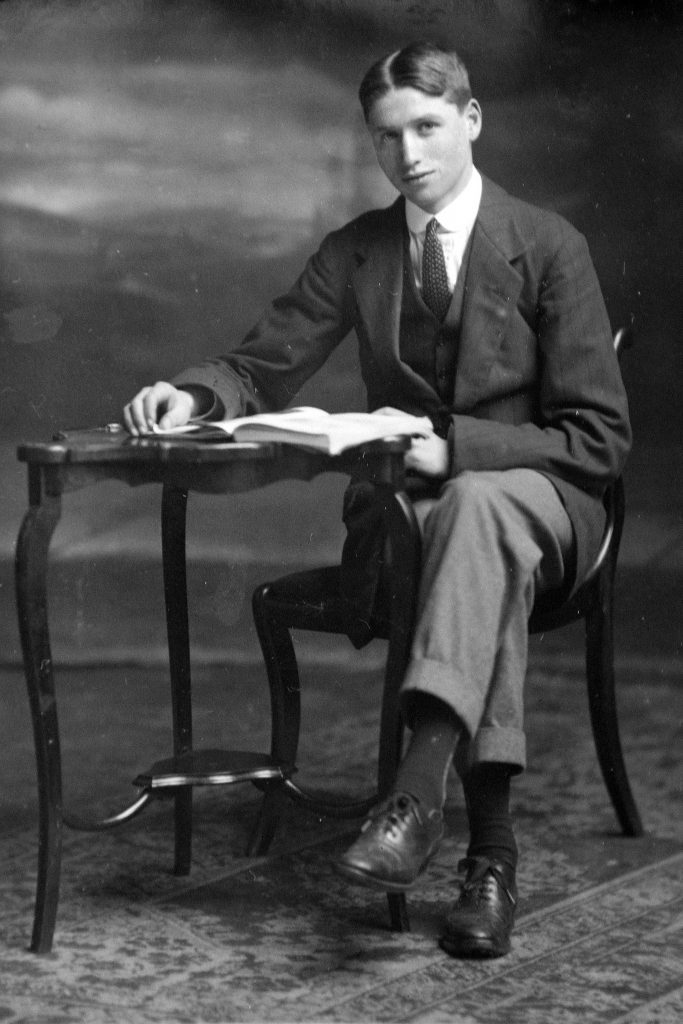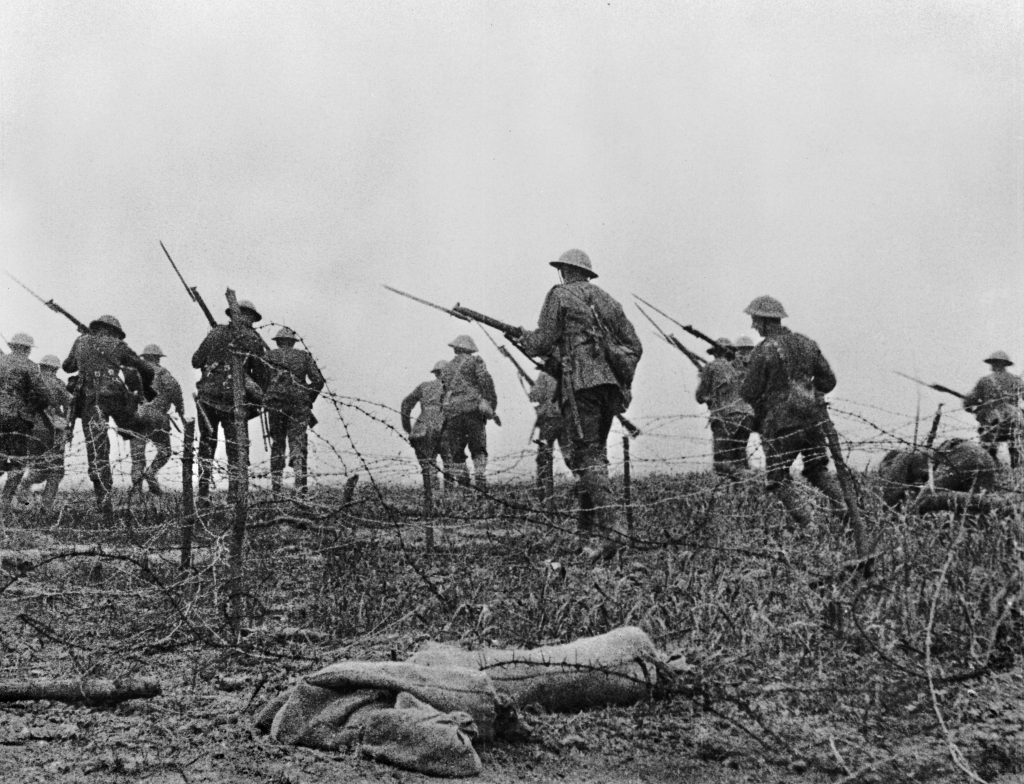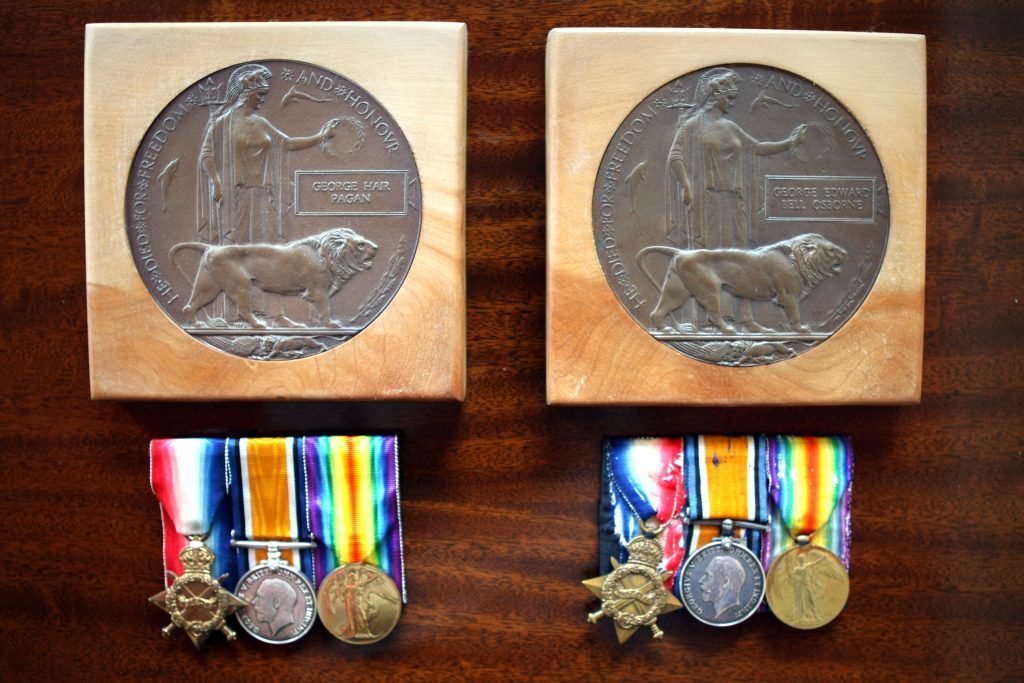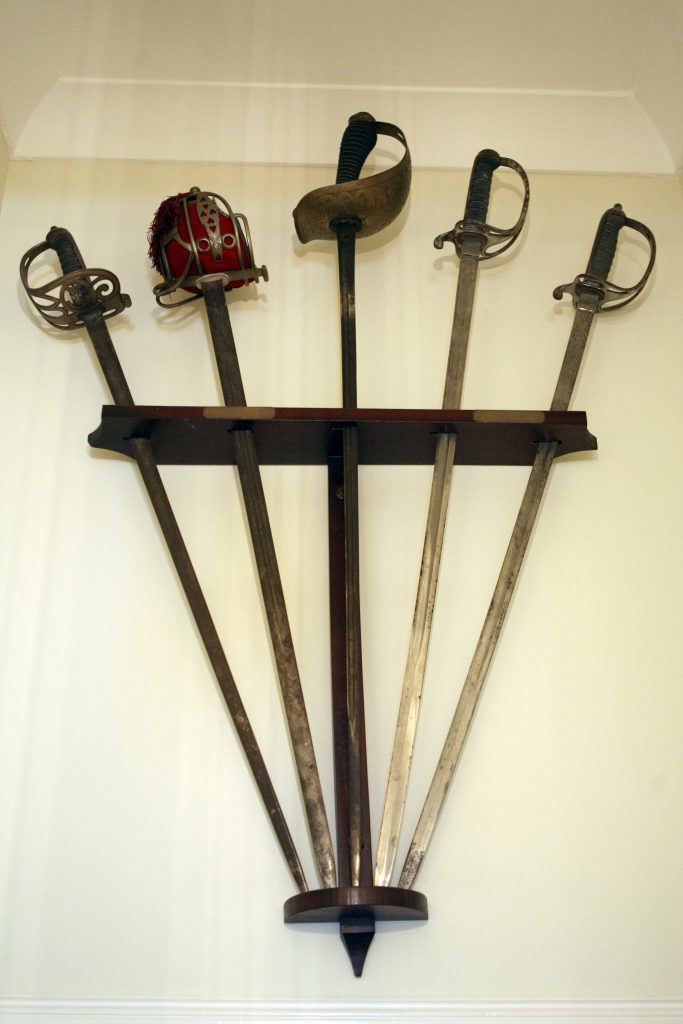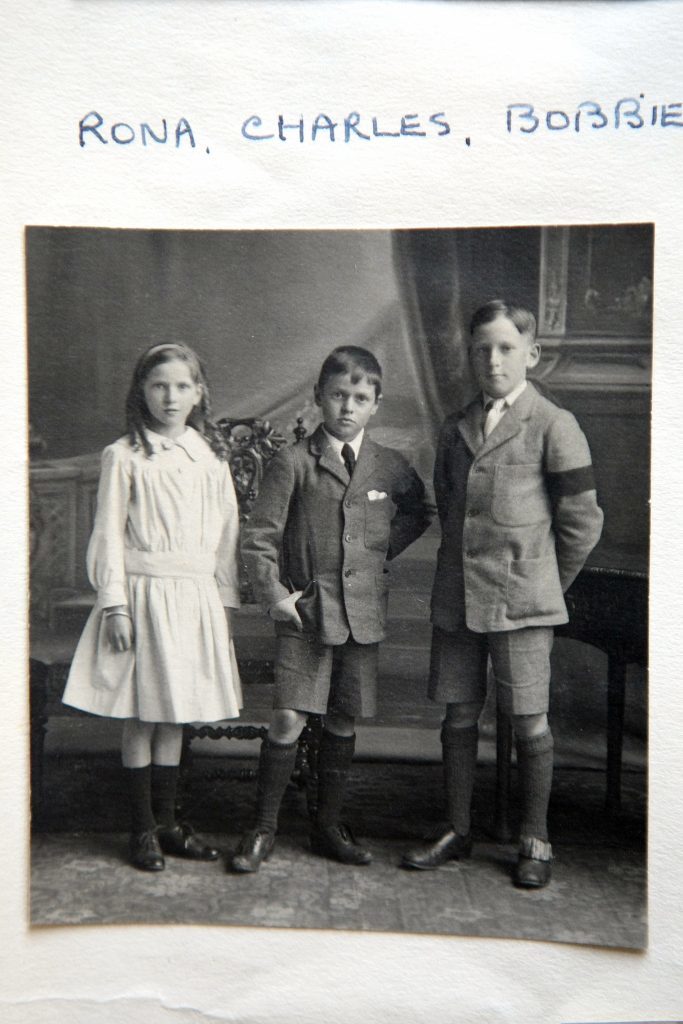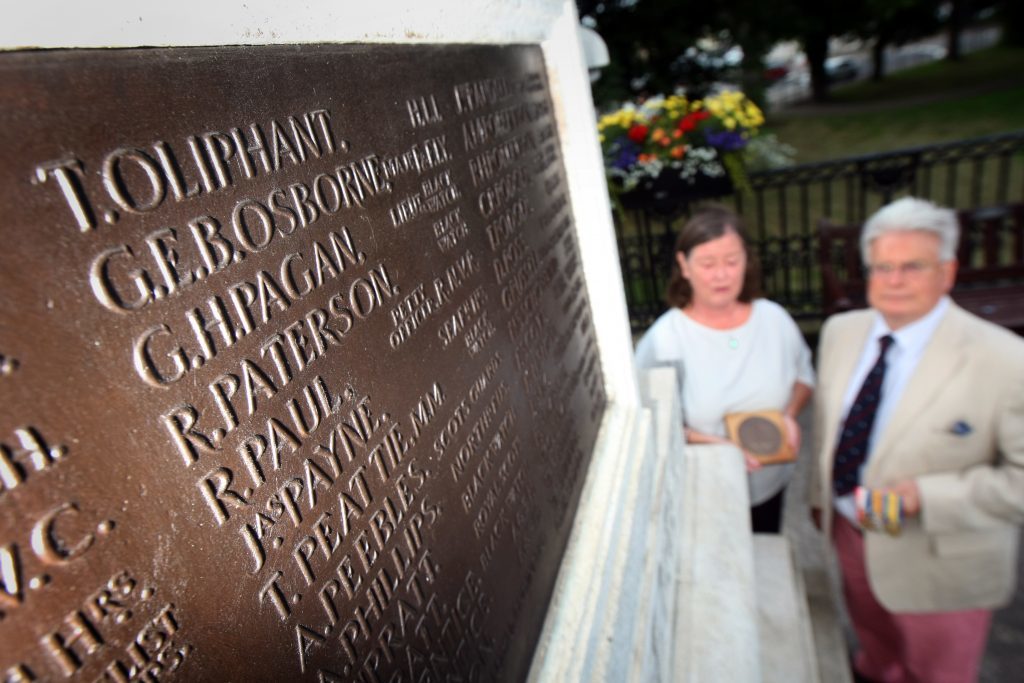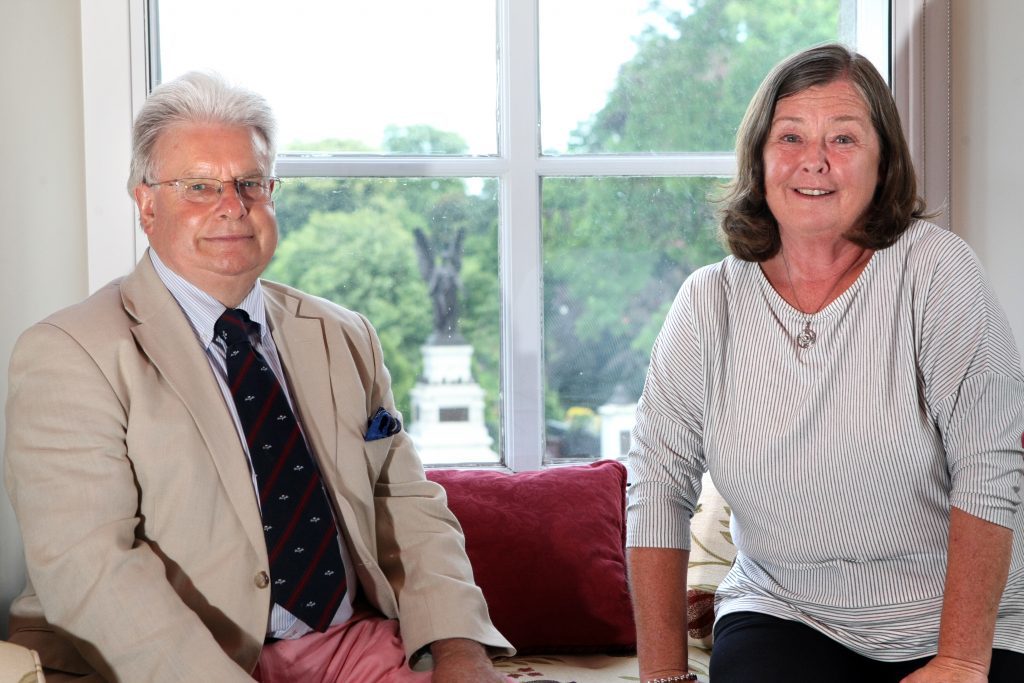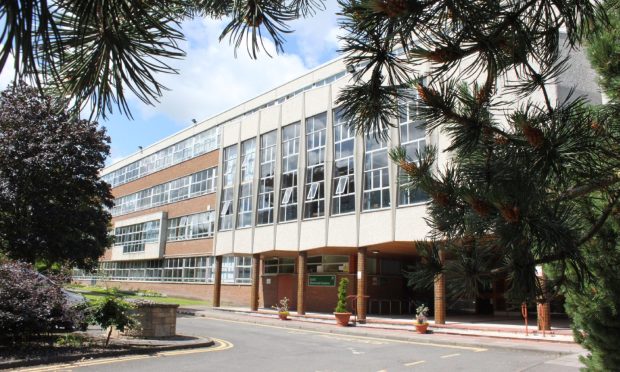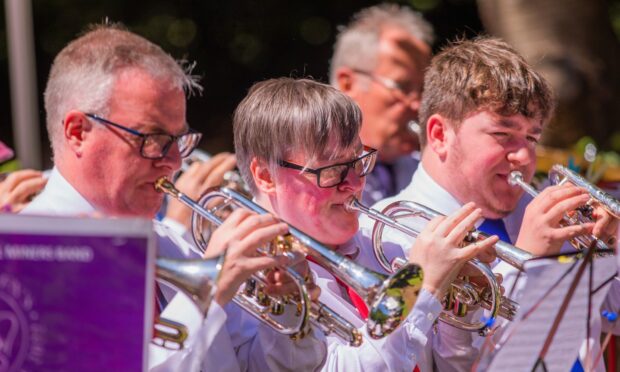Relatives of a Black Watch officer from Cupar who fell exactly 100 years ago during the Battle of the Somme will today pay poignant tribute at moving ceremonies in France and Belgium. Michael Alexander reports.
In a quiet corner of a Commonwealth War Cemetery near Beaumont Hamel in the north of France, well known retired Cupar solicitor Bill Pagan will this morning pay respectful tribute to his Black Watch officer uncle who died in the killing fields of the Somme 100 years ago today, aged just 23.
After laying a wreath on Lieutenant George Pagan’s grave in the Serre Road No 2 cemetery near Beaumont Hamel, Bill will then travel north with his wife Gilli and elder sister Judy Workman to a moving ceremony of remembrance at the Menin Gate in Ypres, Belgium.
It’s sure to be a moving affair. Apart from the years when Belgium was occupied by the Germans during the Second World War, a ceremony has taken place there every evening since November 11, 1929.
But as the Pagan family lay their wreaths, at his grave and then at the Menin Gate, with George’s niece Judy proudly wearing his medals, it’ll be a particularly poignant time for reflection as they try to imagine what must have been going through George’s mind – and the minds of his 7th Battalion Black Watch soldiers – as they waited for the whistle blast which would signal the start of what, for so many, would be their last ever action.
As a fifth generation senior partner in well-known Edinburgh and Fife Solicitors Pagan Osborne, it will also be a time for Bill, who retired in 2008, to consider the significant impact that George’s death – and the subsequent wartime death of another relative – had on the family firm.
“George Pagan volunteered for active service the day after war was declared in 1914,” explains Bill, who himself joined the Territorial Army (now the Army Reserve) Parachute Brigade in 1962, and rose to the rank of Colonel.
“On July 30 1916, as a lieutenant in the Black Watch leading his platoon, he was killed during what is known to most of us as the Battle of the Somme.”
With thousands of French and British troops locked in combat with the Germans at Verdun and the Somme respectively during the summer of 1916, Bill said the immediate objective for the 7th Battalion of the Black Watch that day was the area around the River Ancre – specifically a small piece of rising ground overlooking the approaches to the river – known as High Wood.
Any piece of ground which gave a view over the surrounding area, and thus permitted surveillance and provided firing positions, was of huge value.
It was here that Cupar-born Lieutenant George Pagan found himself far from home on the evening of July 30, 1916 about to lead his platoon of Black Watch Jocks up the gentle slope towards the top of the hillock, and into the teeth of ferocious opposition from well-equipped German troops.
No diaries nor final letter have survived so it can only be imagined what he and his colleagues were thinking as they met their demise amid the chaos of mud and trenches.
“George’s death had lasting consequences for the Pagan family, “ continues Bill.
“George was in the already well-established family tradition studying law when his studies were interrupted by the war.
“After his death, his younger brother Charles (1907 – 1985), grew up to take over that legal role, spending his working life as a partner in Pagan Osborne, and serving as Clerk of the Peace for Fife, and as an Honorary Sheriff.
“In 1917, the family – and firm – suffered another grave loss when their cousin, George Osborne, already a partner in the firm, was killed fighting with the Fife & Forfar Yeomanry in Palestine. He was the last of the Osbornes in the firm.”
At home in Cupar, grandfather-of-six Bill and his wife do not have to look far to be reminded of those distant tragedies. The Osborne and Pagan names sit one above the other on the Cupar War Memorial which they can see from their window. They also possess George Pagan’s and George Osborne’s medals and “Dead Man’s Pennies”, as well as their swords.
The Battle of the Somme, fought between July 1 and November 18, 1916, cost around 420,000 casualties, and the huge memorial at Thiepval includes the names of thousands who were lost but never found, including many from the Black Watch.
Reflecting on the parallels between 1916 and 2016 Bill adds: “Regardless of one’s views on war, and on the weapons which are used in war, remembrance unites our country at a time when our leaders appear bemused at why so many voted for independence in 2014 and why so many in northern England voted for Leave (from Europe) last month.
“For the volunteers of 1914 and 1915, and the conscripts of 1916 to 1918, class was irrelevant. The risks were the same for all regardless of background. It is both tragic and ironic that the equality of the battlefield has still failed to reach into Lloyd George’s promised ‘land fit for heroes’.”
